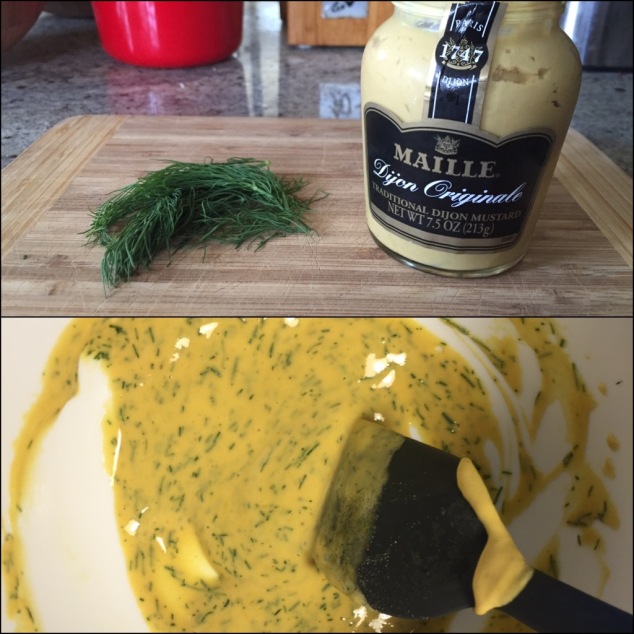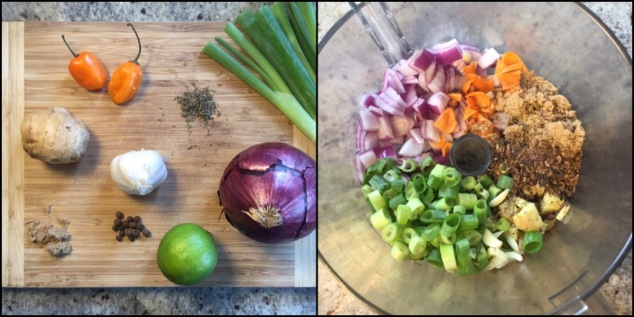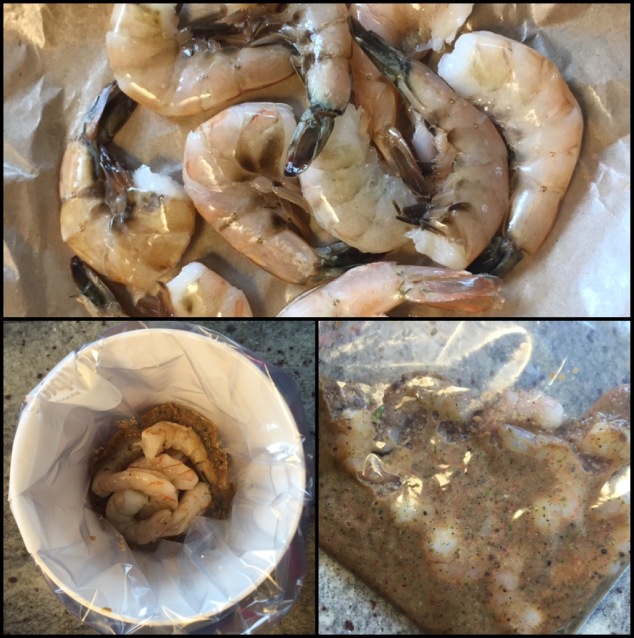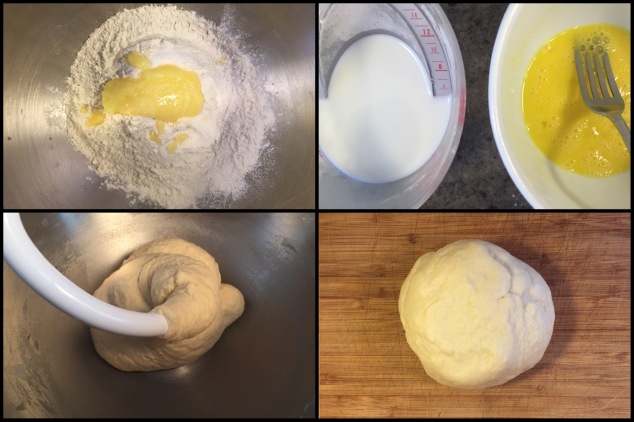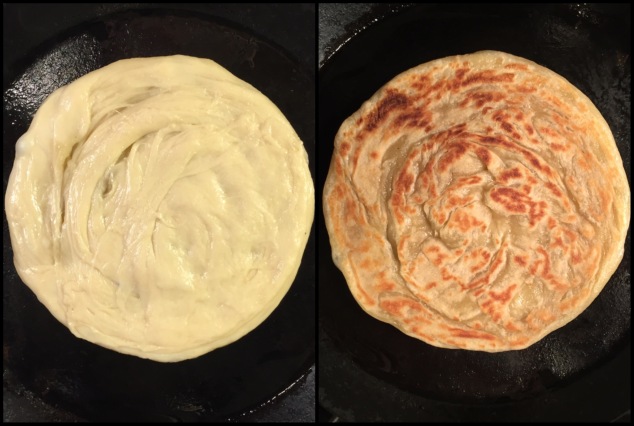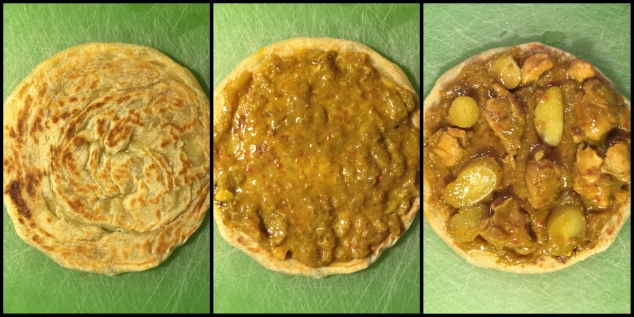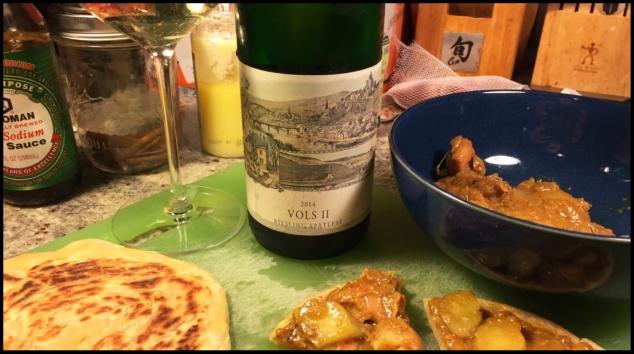When considering a “bottled sauce” to tackle for this week’s challenge, the list was surprisingly short. Homemade mayonnaise has been a long overdue project, which originally made the DIY queue to up my sandwich game. While mayo doesn’t play a significant role in my food otherwise, there are some dishes that lean heavily on the condiment. Elote, grilled Mexican corn slathered in mayo, cheese and lime, is not only a tasty street food treat but also has serious pizza potential.

To begin, white corn was roasted in the oven for 30 minutes at 400°F.

For extra pizzazz, some care was taken to char the outside over a stovetop flame. Beyond the actual act of eating, this was probably the most satisfying portion in the making of this pizza.
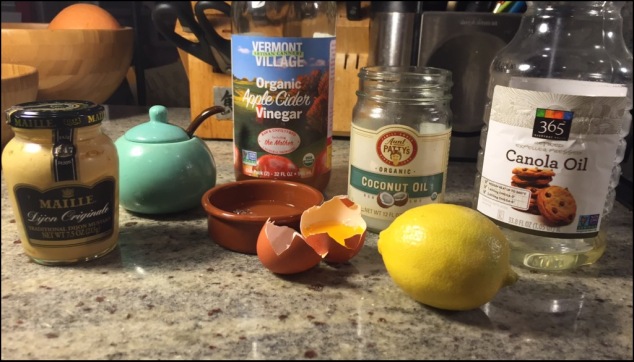
The mayonnaise-making party began with finding the right oil, which I didn’t have any one suitable type, thus fashioned a three-part blend of canola, coconut & avocado oil. I used 3/4 cup of oil to 1 large egg yolk, a seemingly agreed upon ratio.

With a bit of fancy hand jiggling and a steady oil-pouring hand, a fresh batch of mayonnaise was born into this world.

From here, all flavors mildly related to elote were yanked from the fridge for integration. Feta played as a stand-in for the lack of cojita. Red onions and avocado generally have no place on corn but can definitely play well on the flat surface of a pizza.

The charred corn-off-the-cob was mixed with all things creamy: mayo, feta and crema Mexicana. A dash of Tajin was added for evenly spread flavor.

Mayonnaise and crema Mexicana also made up the base sauce.

While the oven did its duty, orange wine was poured to enjoy in advance as it can be rather cerebral and a sip before food allows for less distractions and finely-tuned judgments.

The pizza cooked beautifully, thin with just enough structure for the weight of two ears’ worth of corn plus all the accompanying goodies.

Avocado, hot sauce & a squeeze of lime finished the pie.

The Radikon orange wine had so much personality to offer with abundant acidity needed to balance with the lime juice squeezed over the pizza. While orange wines can range significantly in quality, good ones keep drinkers intrigued with the complexities achieved. This one caught my attention, and happens to play nice with even mildly spicy food.

The pizza was a delightful play on balance, both between creamy and bright flavors and the sweet and spicy elements present as well. The orange wine worked as an equalizer as well and had no issue handling the double dose of spice this pizza saw. What I mean by all this is that this pizza was killer and I liked it a lot.




